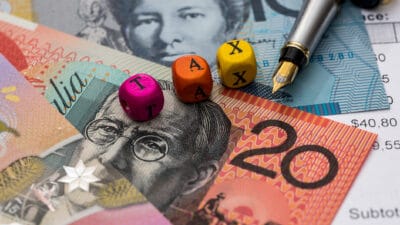Australia and New Zealand are somewhat unique in their taxation of dividend payments, being that we have an imputation tax system.
Unlike other jurisdictions like the United States which have a double taxation system, where corporate profits are taxed at the corporate level and individual level, Australians are just taxed on their dividend payments at their individual tax levels (i.e. 18%, 37%, 45% etc.).
What this translates to in the market is that Australian companies tend to have relatively higher dividend payout ratios (dividends as a percentage of earnings) compared to companies in Europe, Asia or the USA.
So while this is all well and good for those income-seeking Fools, what about those of us who want to see capital gains and realise our return when we reach our desired retirement age?
Enter the magic that is dividend reinvestment plans, or DRPS.
Unpacking dividend reinvestment plans
DRPs are offered by many companies and provide a way for investors to reinvest their dividends at a set level (the DRP price) instead of receiving the cash payment.
The benefits of DRP are numerous – the company can maintain its payout ratio without actually paying out as much cash, while investors get to increase their shareholding via a more tax and transaction cost-effective means than on the open market.
So while we're always told of the trade-off between dividends and capital gains, because a high payout company can't reinvest those funds back into value-accretive investments and grow future earnings, a DRP allows you to do just that.
If you take a high yielding stock like Alumina Limited (ASX: AWC) or National Australia Bank Ltd (ASX: NAB), you can turn these high-yield stocks into your growth stocks for the next 30 years by reinvesting in more NAB shares and then realising your returns in retirement.
This lets you have the best of both worlds in investing, all while minimising your bill to the tax man.
For those Fools seeking pure growth options instead of dividends, this buy-rated stock could be set to soar as it builds its share of a booming $22 billion industry.








